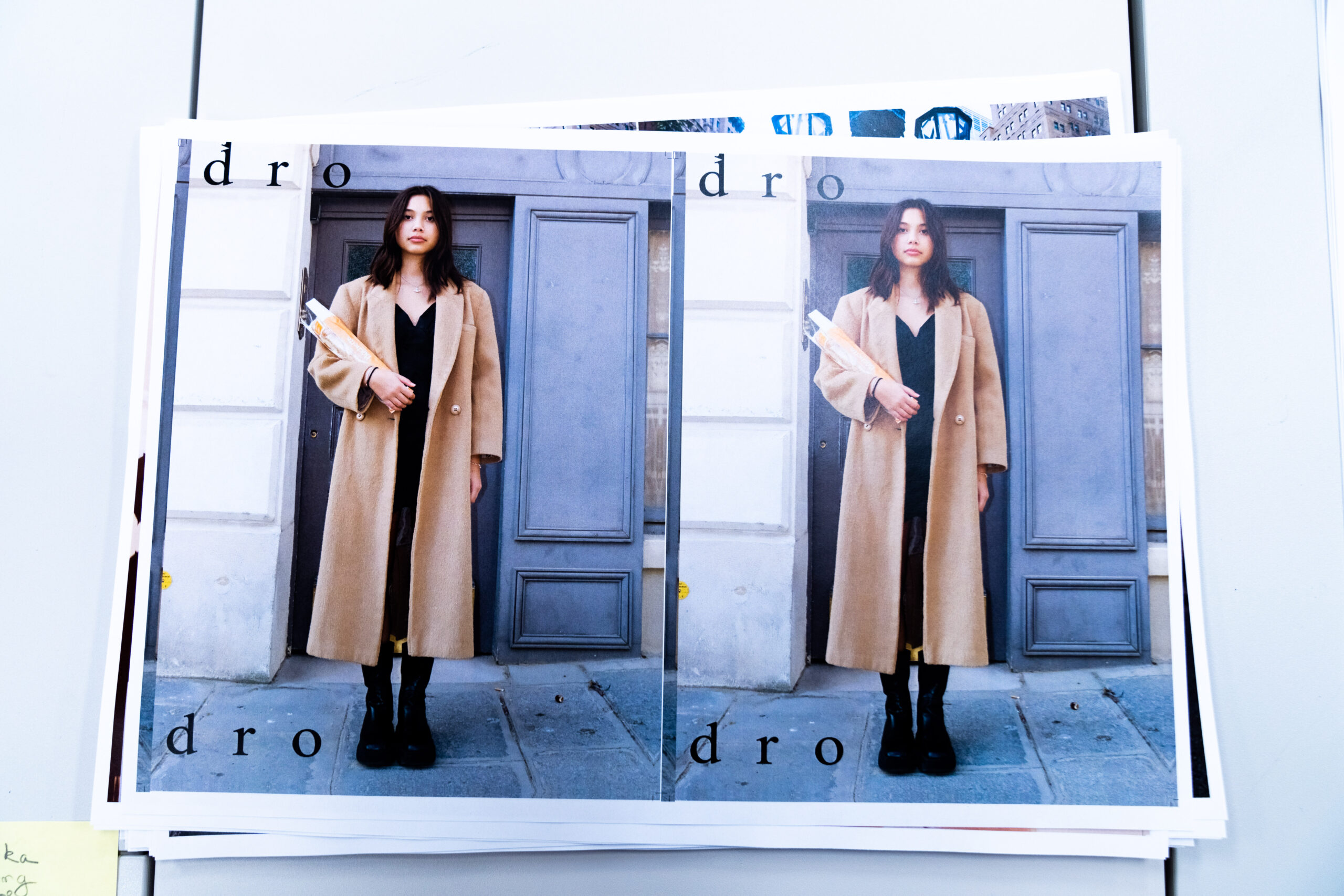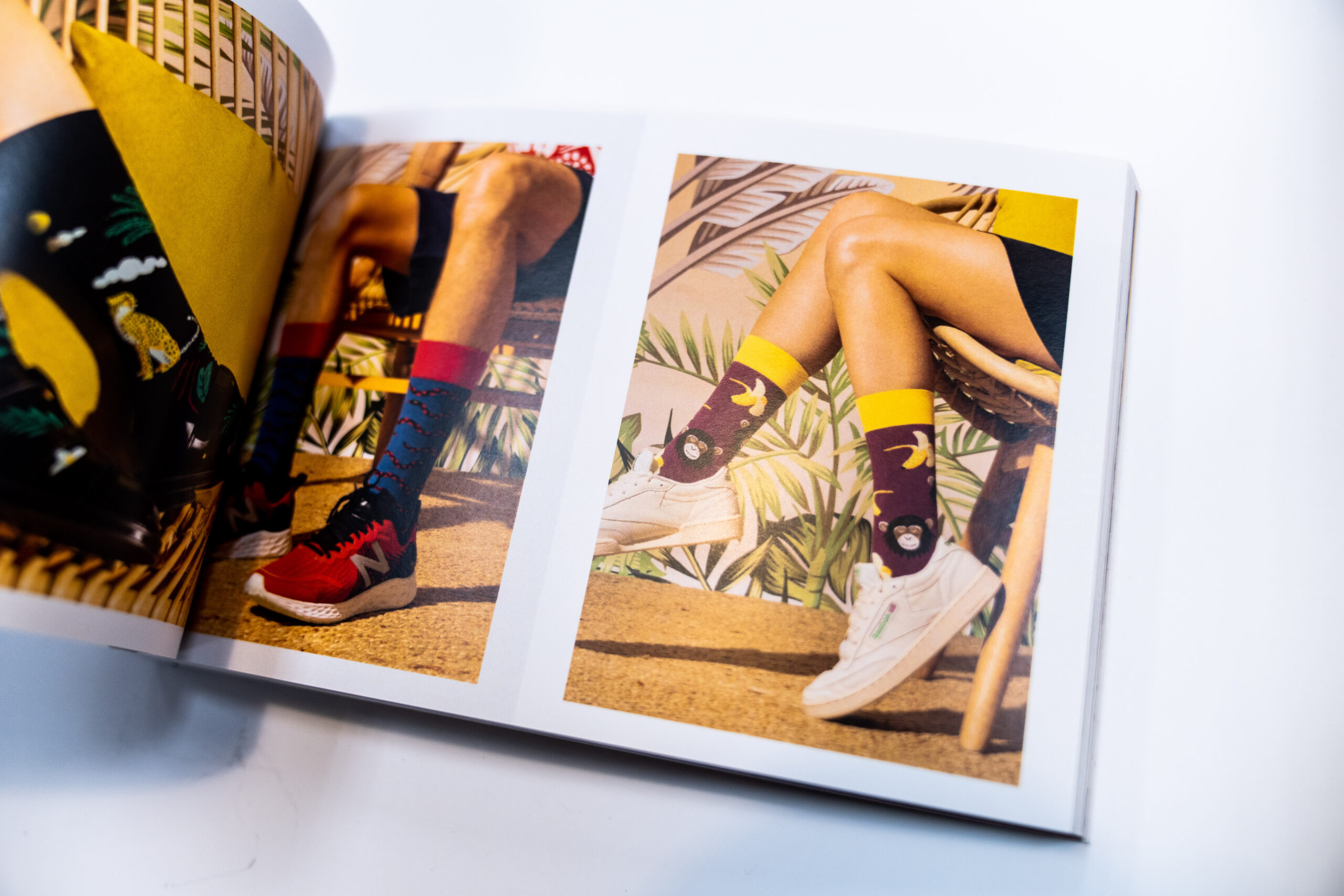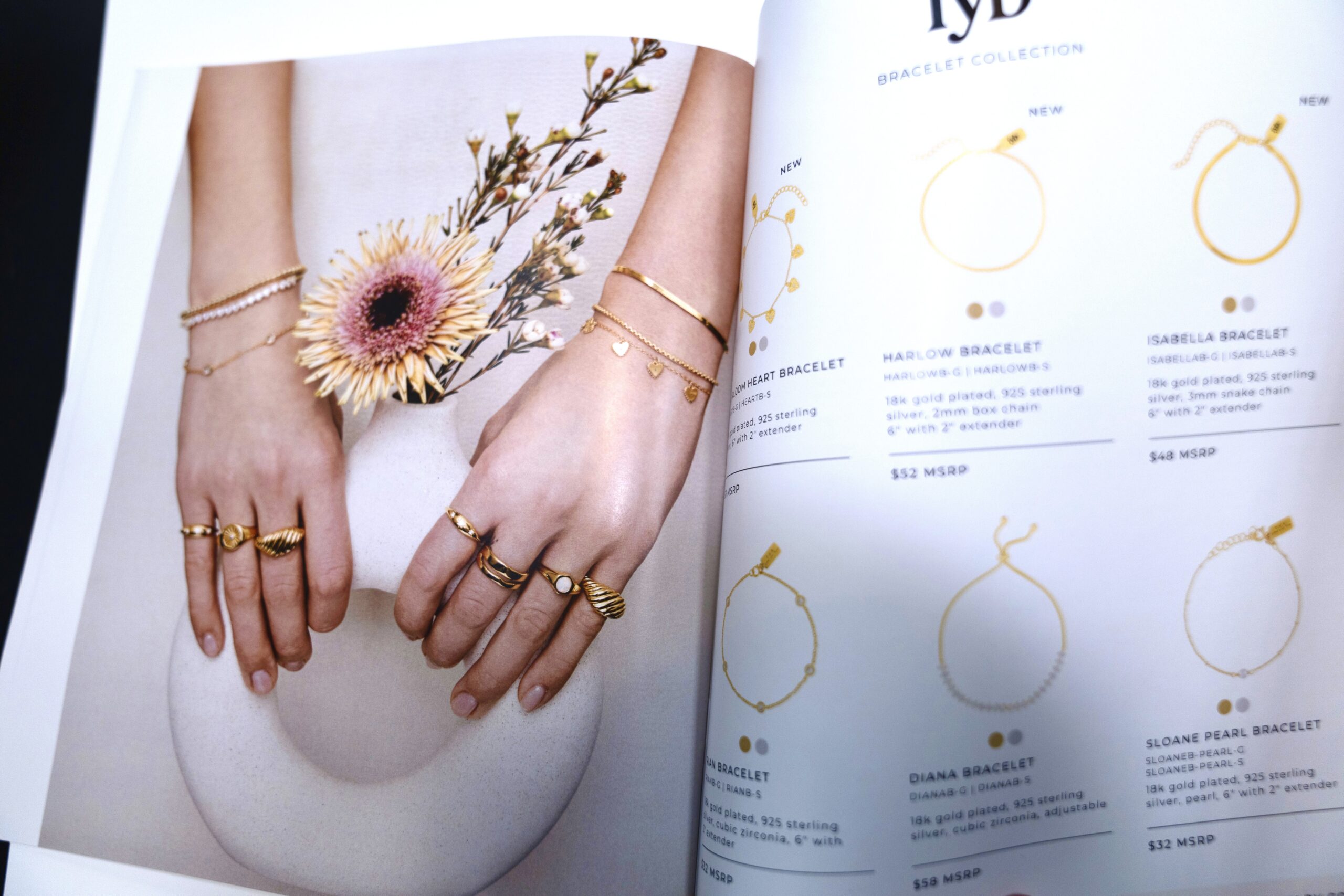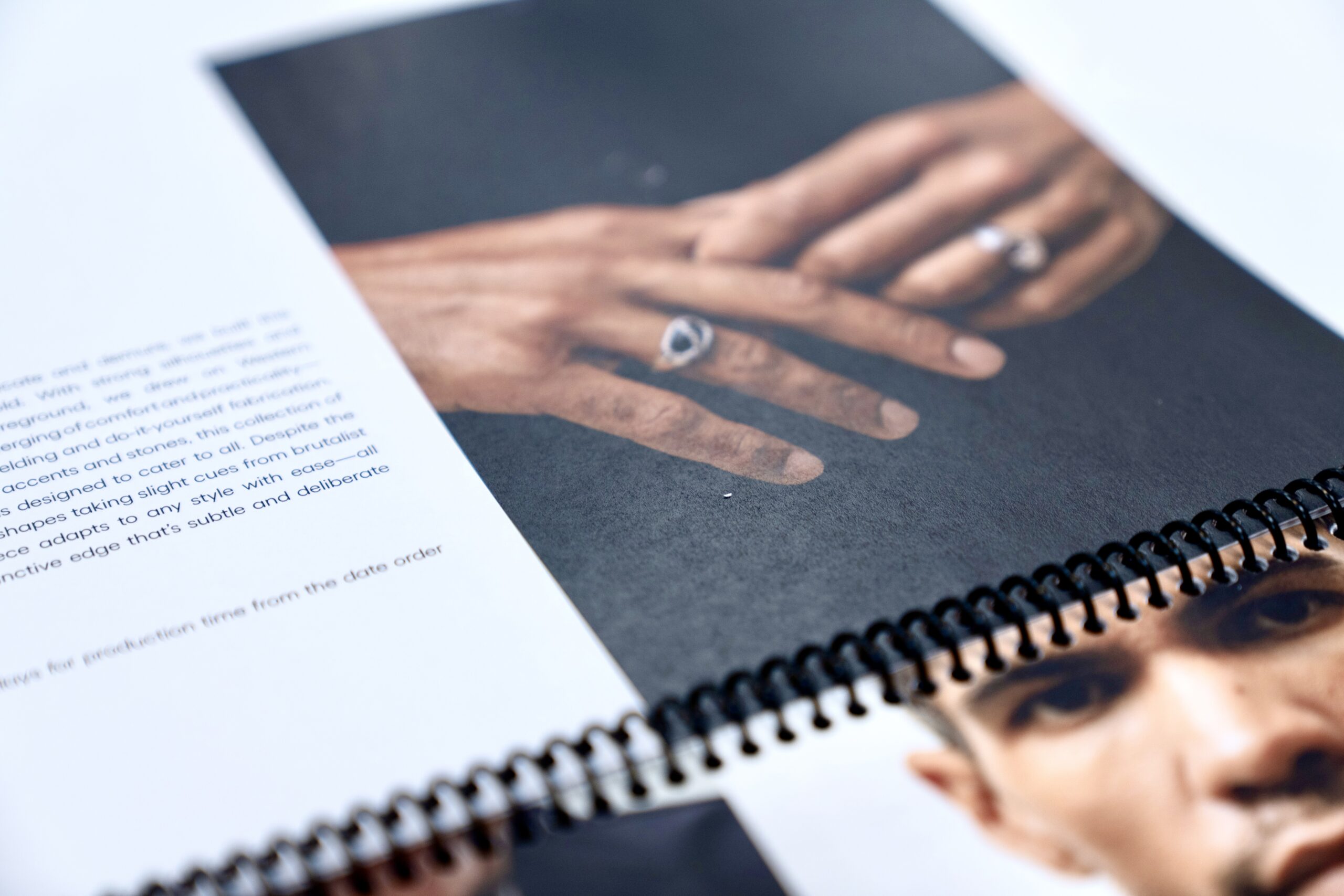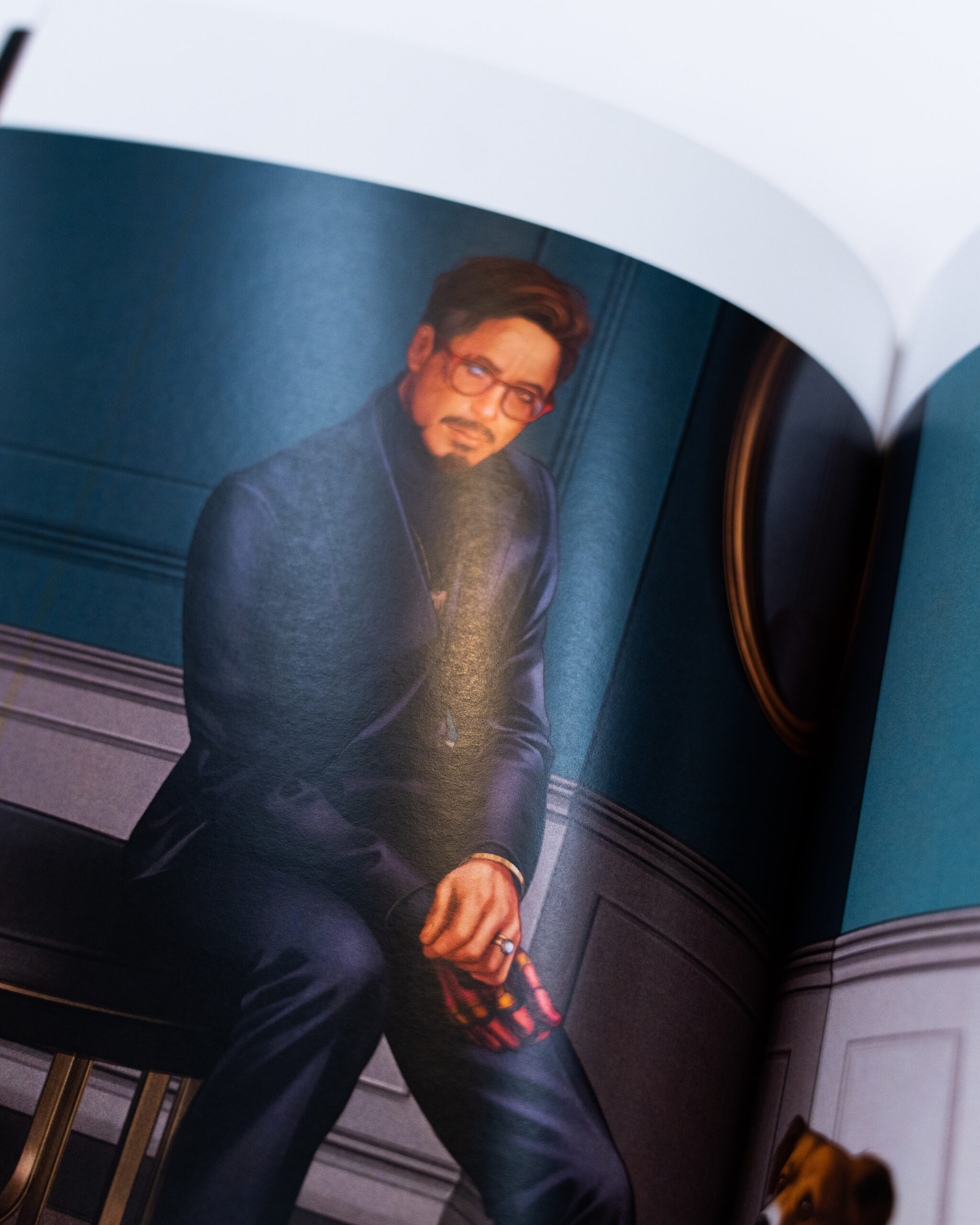When planning your catalog printing project, several key factors can influence its effectiveness and overall impact. Consider the following when thinking about what you might need for your catalog:
- Binding Options: Binding options play a significant role in the durability, usability, and overall presentation of your catalog.
- Custom Options: Consider the size and format that best suit your content, balancing visual appeal with practicality. Selecting the right paper stock and finish is crucial, as it affects the look, feel, and durability of your catalog.
- Distribution Method: Choosing the right distribution method based on your target audience ensures that your catalog reaches the right people in the most effective way, maximizing its impact and ROI.
Let us handle the details while you focus on what matters most – designing your booth and captivating your audience.


